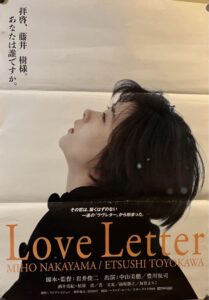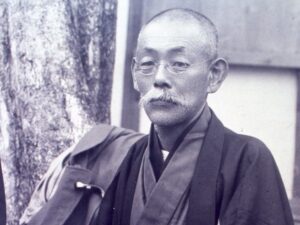In Japan, there is a unique culture called the “private” novel. It is a way of writing where “I” am the main character. Even when the main character’s name is not the author’s name, it is very common for the character to be a projection of oneself. We are exposed to such books so much that we take them for granted, but if we read literature from other countries as we do Japanese literature, we can make a crucial mistake.
We Japanese try to find out who the author is in a book, to find out the author’s thoughts and ideas, or what he or she is trying to say through the medium of a book. That’s not wrong. It is not wrong to do so, because most writers are almost certainly expressing their own thoughts and intentions in their books.
It is rather easy for Japanese people to find authors in Japanese literature and try to read their arguments. For non-Japanese foreigners, it seems to be difficult.
Of course, it is not uncommon to borrow other characters to state the author’s point of view in literature other than Japanese literature. Even in the literature of other countries where religion is intricately intertwined, in a sense, reading to find the author’s figure in a book may be common in all literature, but it is not always the case.
For example, I would like to consider the case of Shakespeare. If we try to look for Shakespeare’s presence in his works, we will make a terrible mistake. There is no Shakespeare in Hamlet’s soliloquy or in the lines of Macbeth. The figure of Shakespeare may exist in Shakespeare’s works, but it is best to view them as if they do not exist.
In the graduation theses of university students, it is common to find Shakespeare’s arguments in the characters and develop their arguments, but this is a fundamentally wrong reading. Japanese people, who are used to private novels, try to find Shakespeare’s presence in his plays and summarize Shakespeare’s arguments, but this is fundamentally wrong.
At first I read Shakespeare that way, too. I thought that Shakespeare’s argument was found in King Lear. I felt that this was the normal way of reading literature and did not doubt it, but I will never forget the shock I felt when I was told that I was wrong.
Dr. Yasuo Suga said it clearly.
”Think of the characters in Shakespeare’s works as not having Shakespeare in them. Each individual character has his or her own personality and it is Shakespeare who breathes life into them, but Shakespeare is not stating his case in the characters.”
Dr. Suga is from the Kansai region, so he spoke in the Kansai dialect. His tone was gentle, but his words shattered my stereotypes and left me at a loss.
It took me a long time to understand it. However, when I thought about it that way, I think I came to understand Shakespeare.
I did not understand the basic fact that the author is not always present in a literary work until I was 30 years old. It is not that Dr. Suga’s reading is unique. It’s just that sometimes it is impossible to understand a book unless you read it that way.
Of course, there is an O’Neill in Eugene O’Neill’s works.
However, I think Shakespeare’s works become even more interesting when we appreciate them without finding Shakespeare in them.











コメント